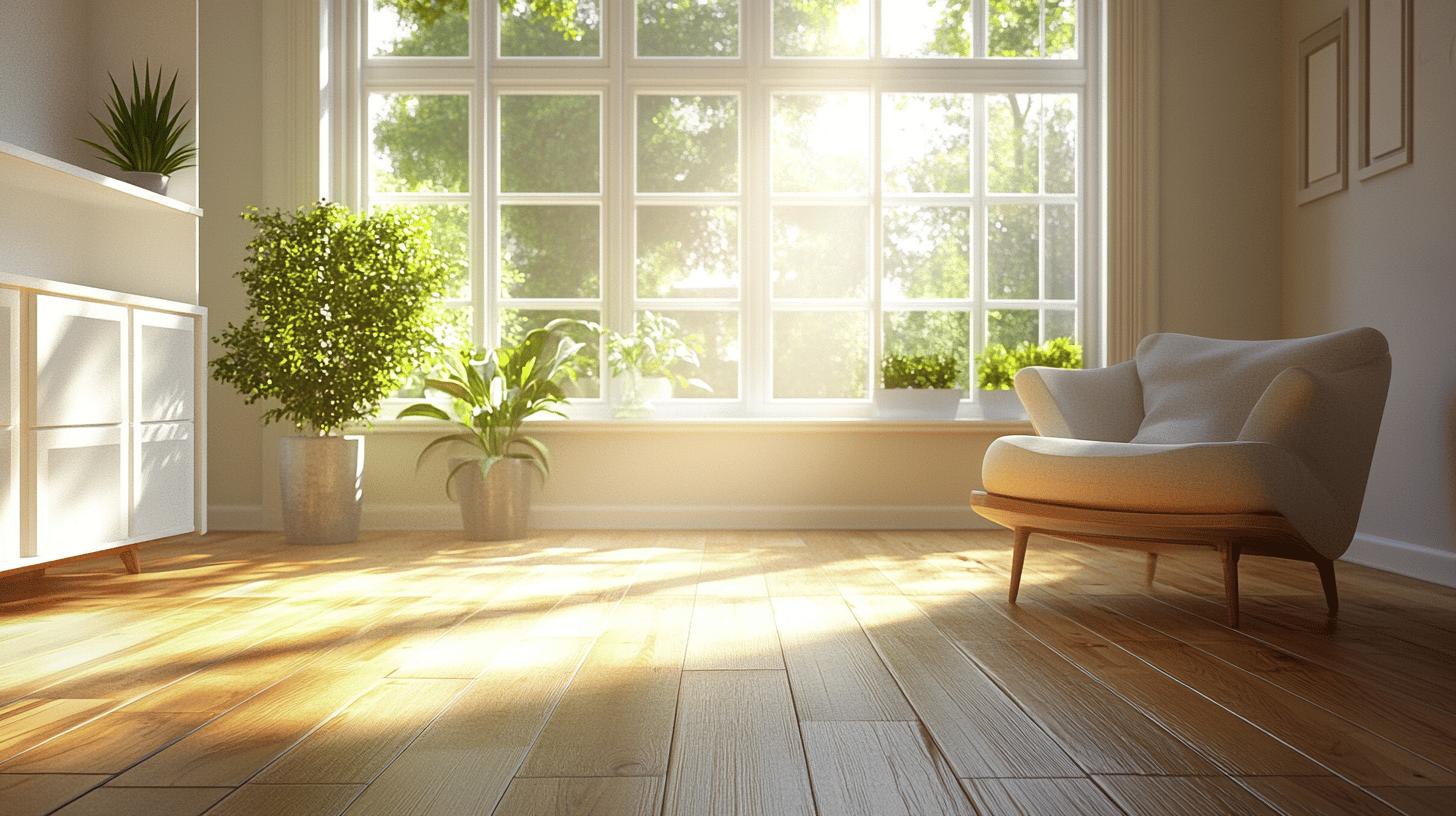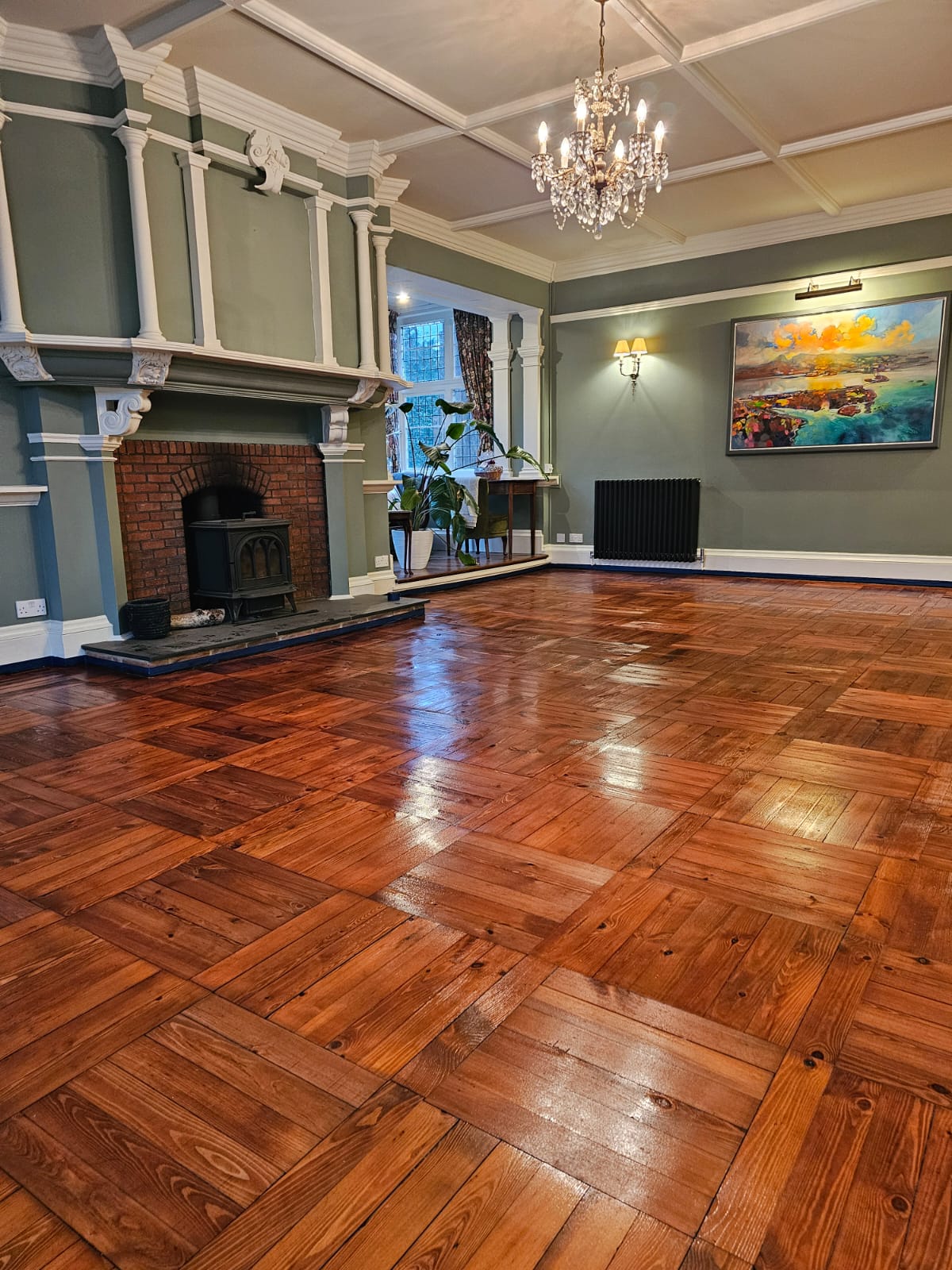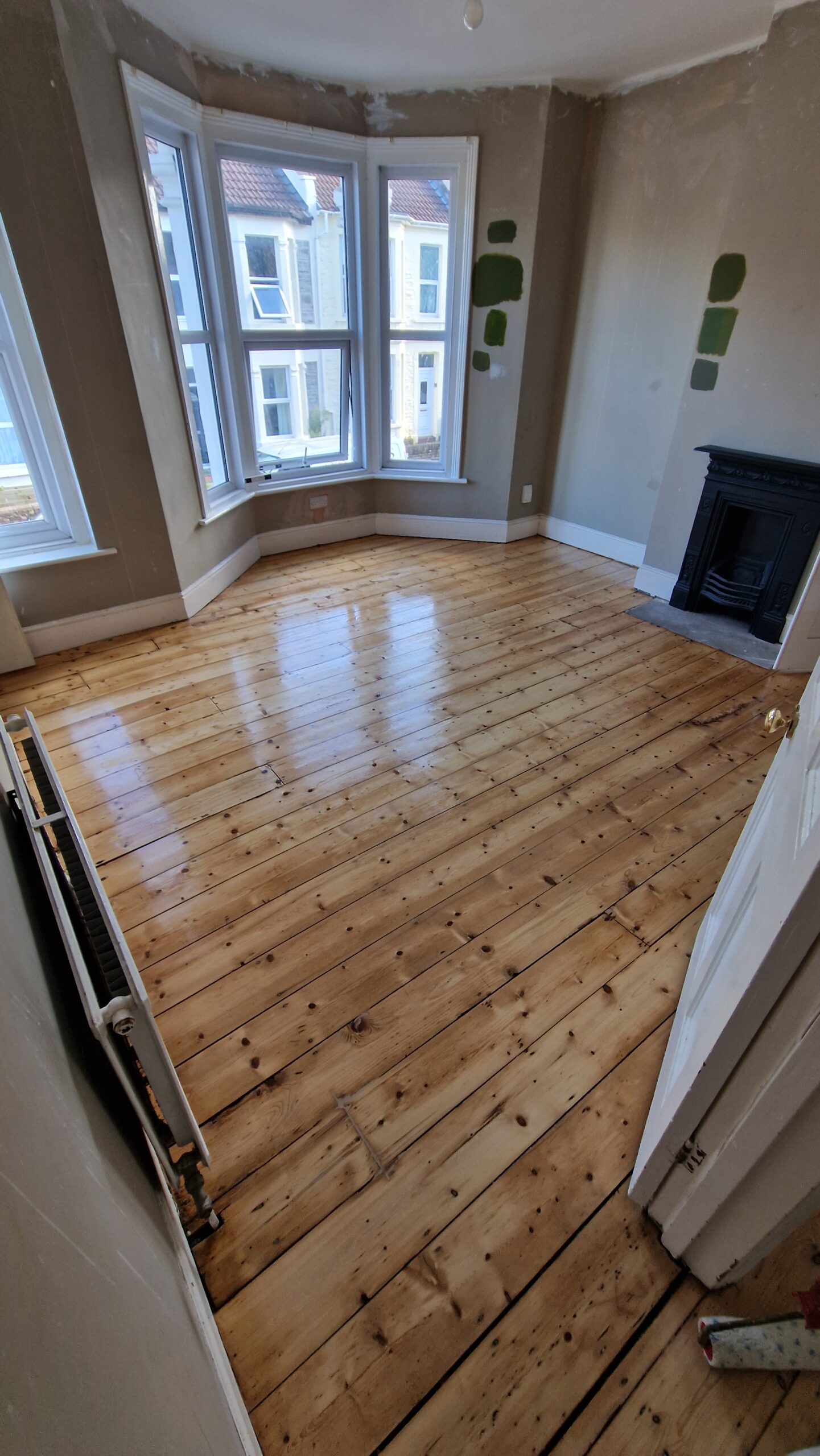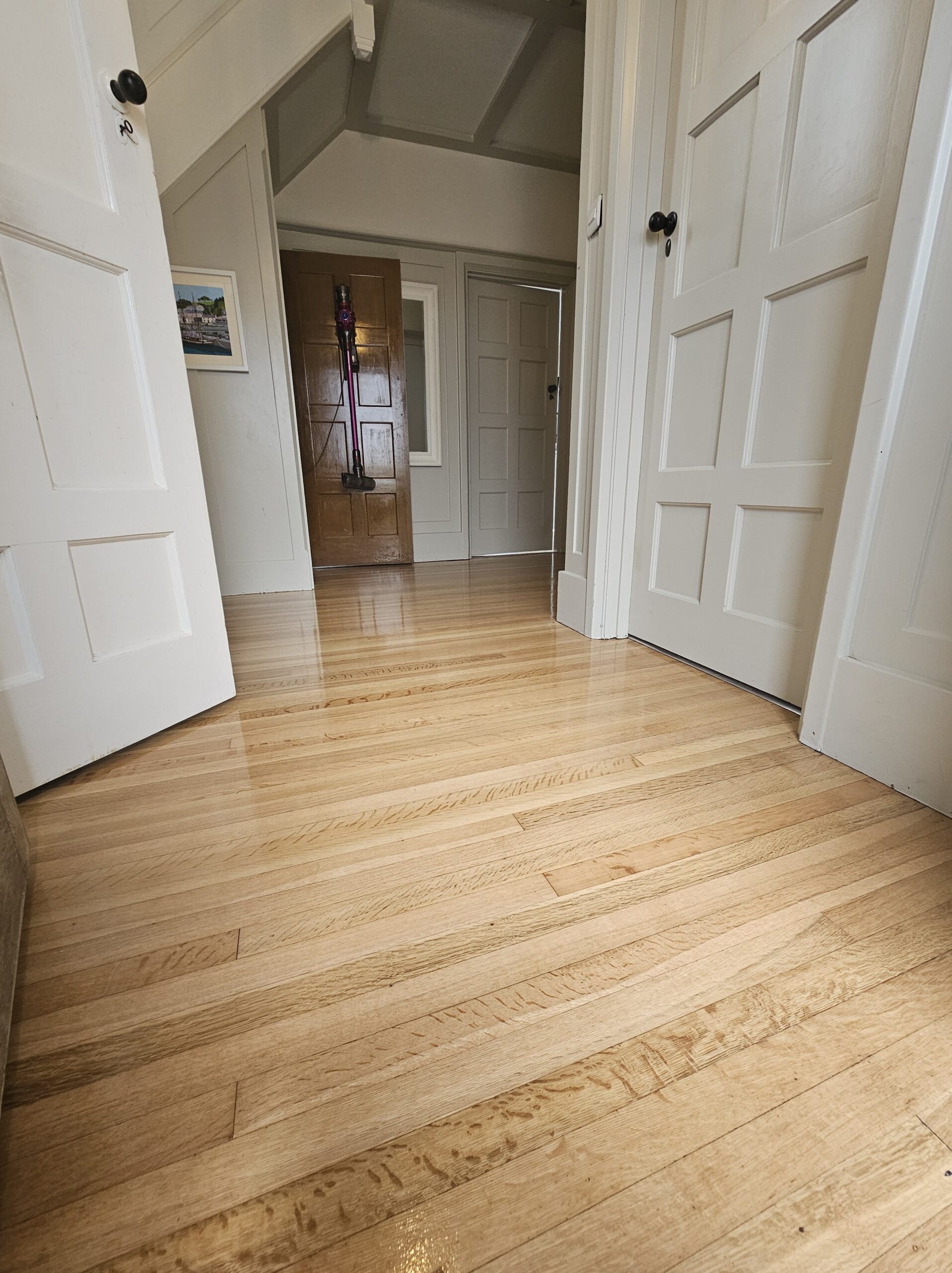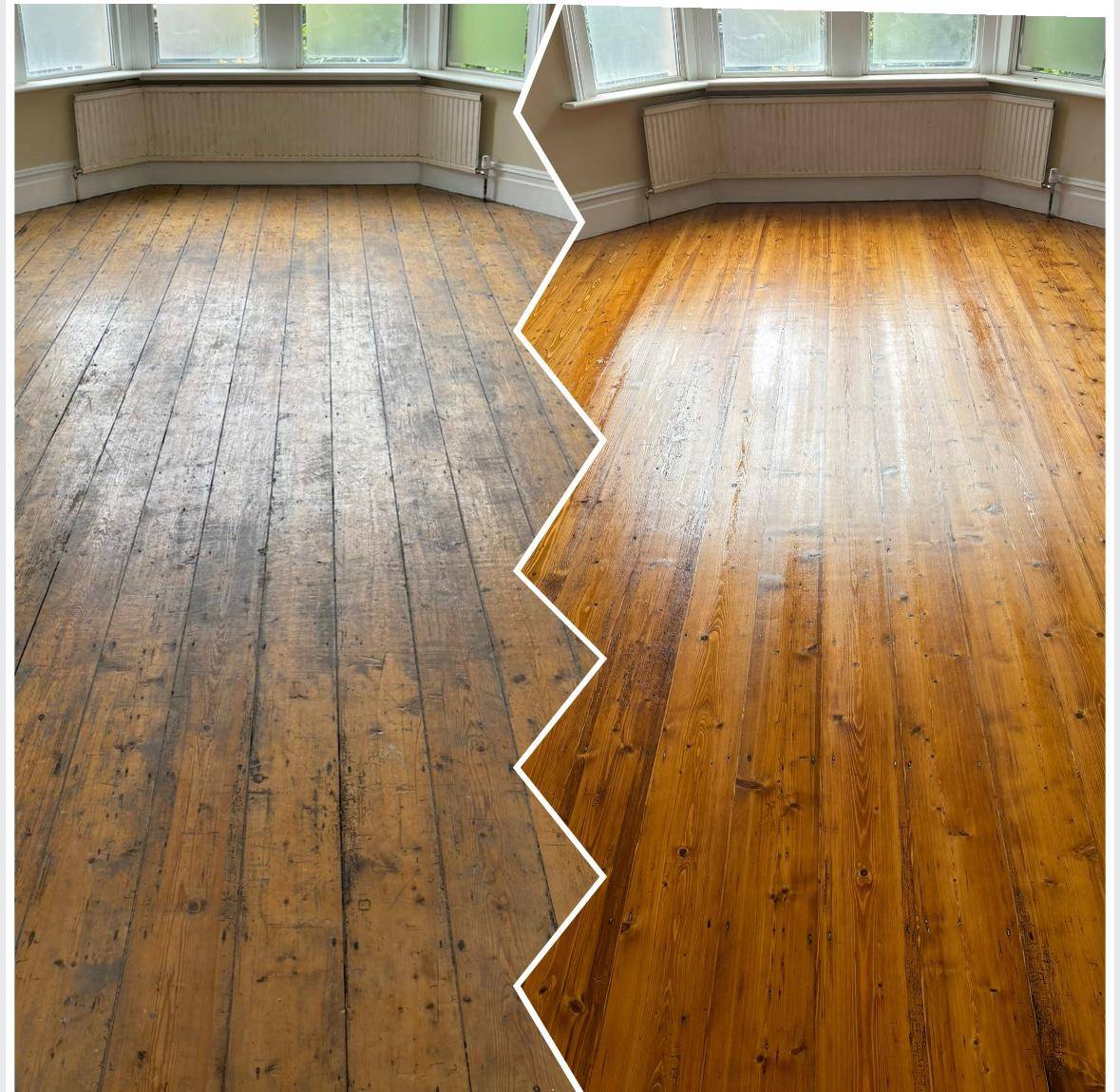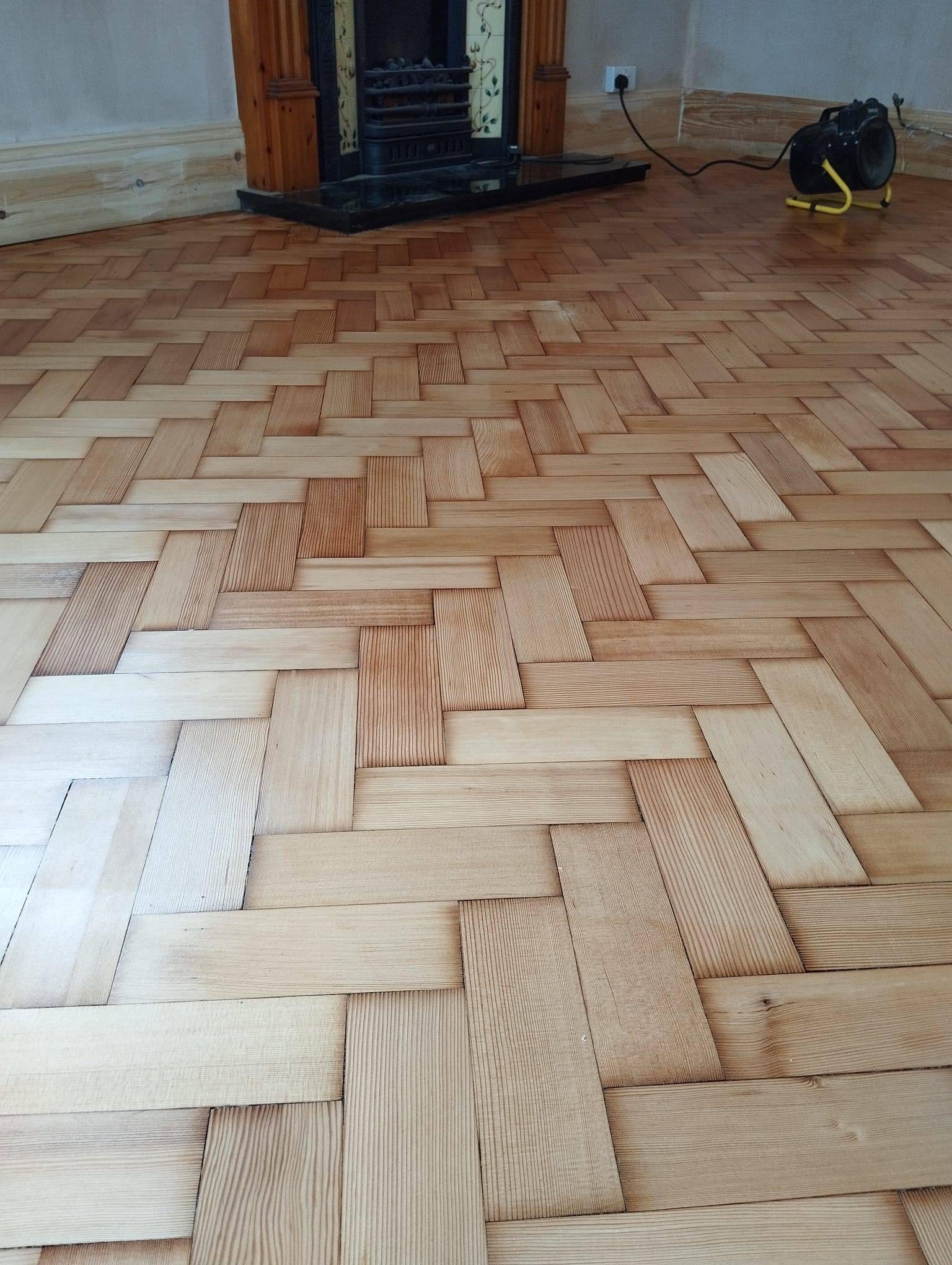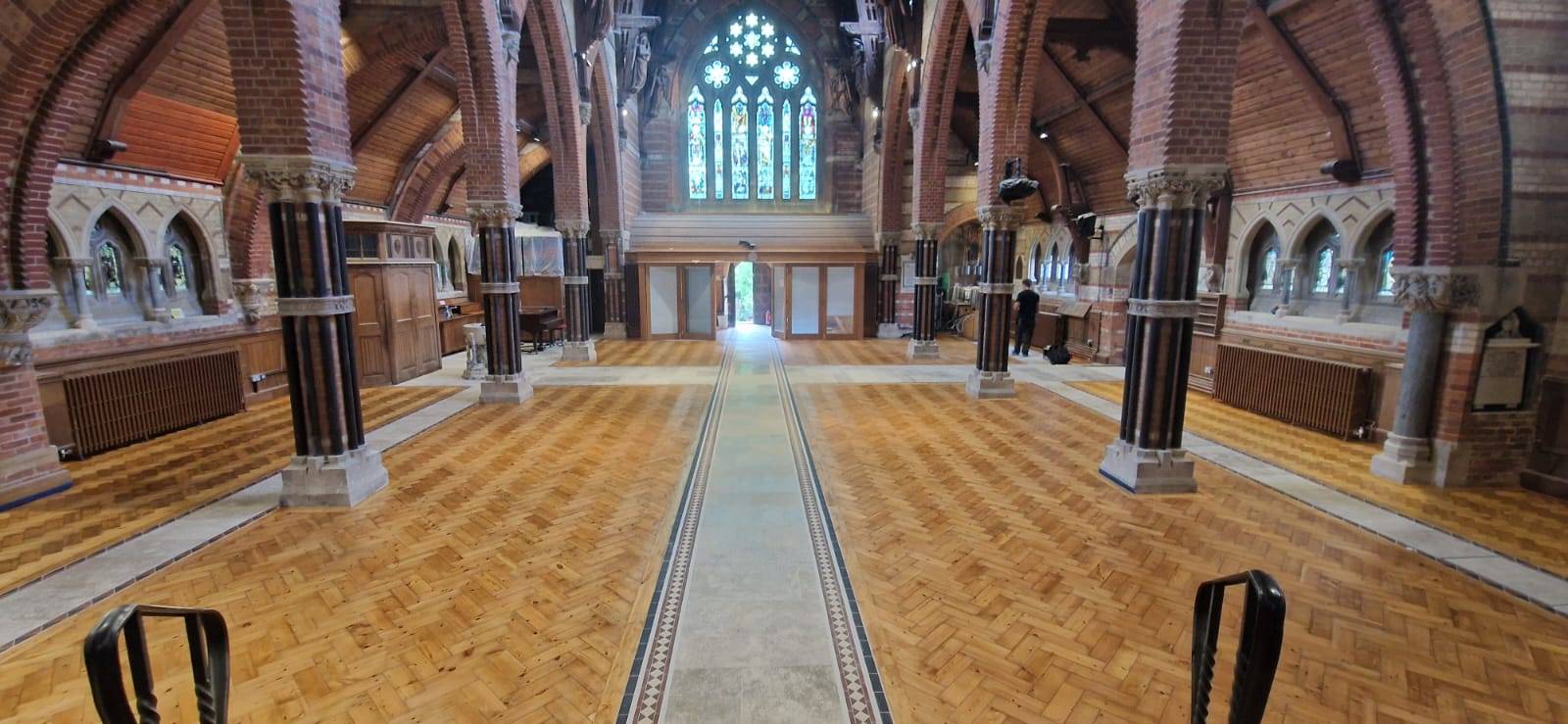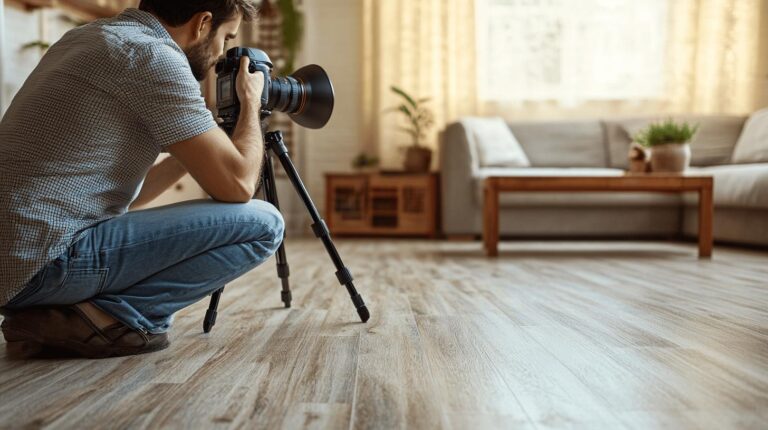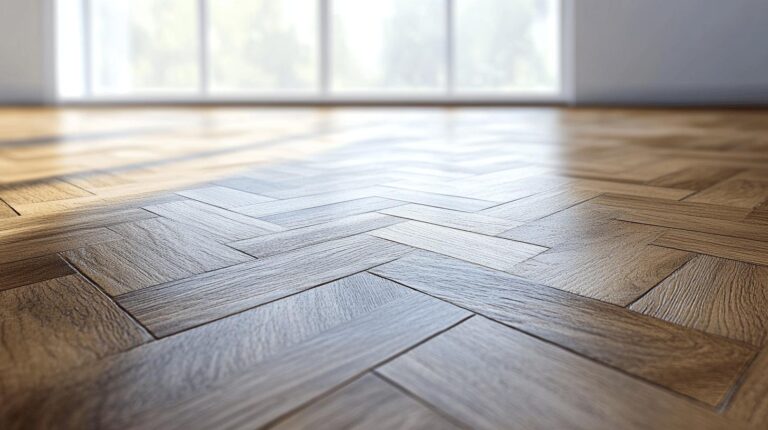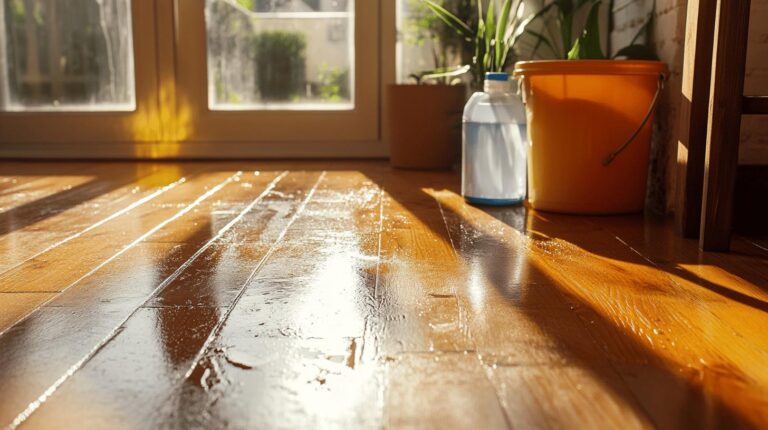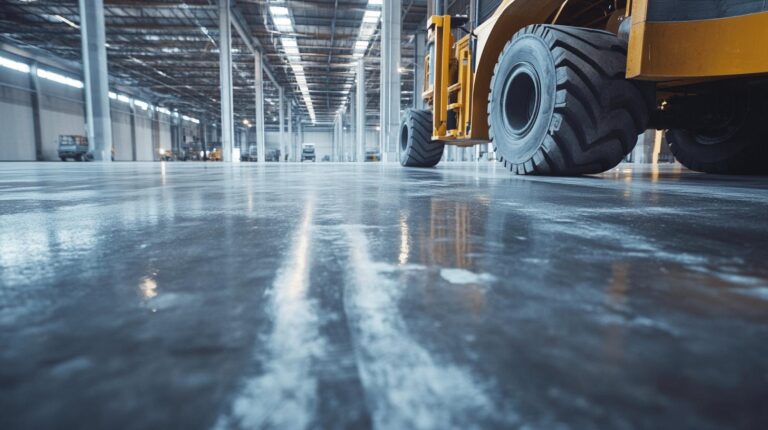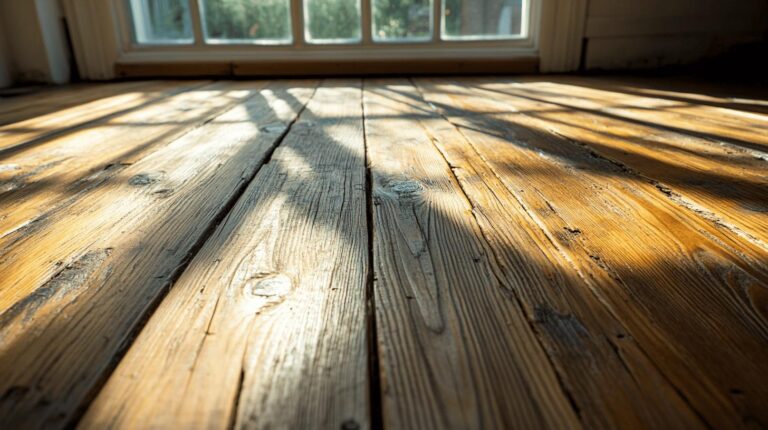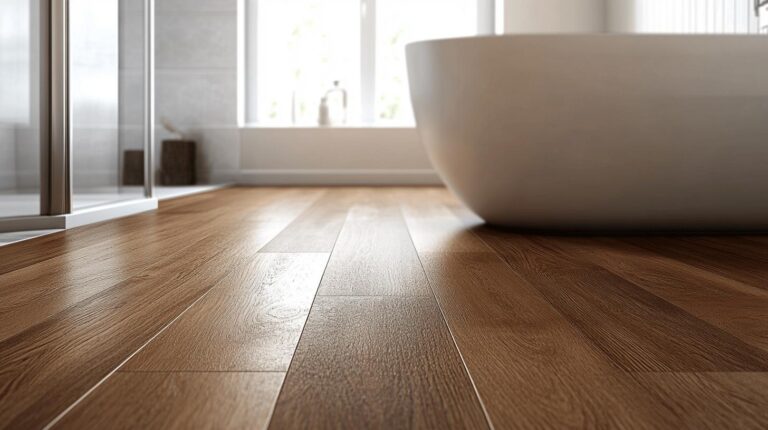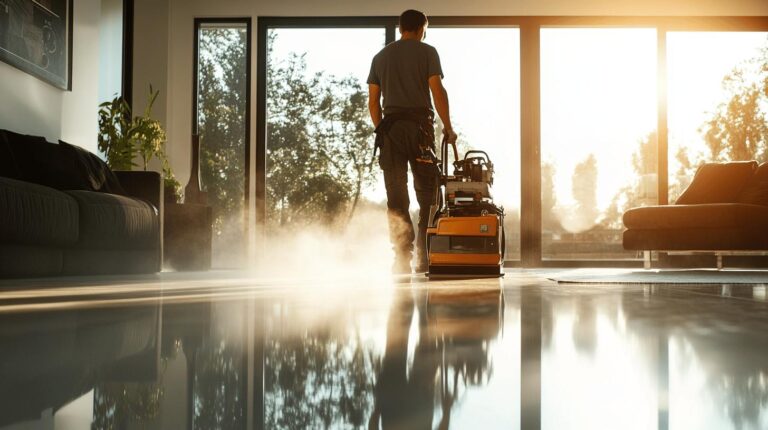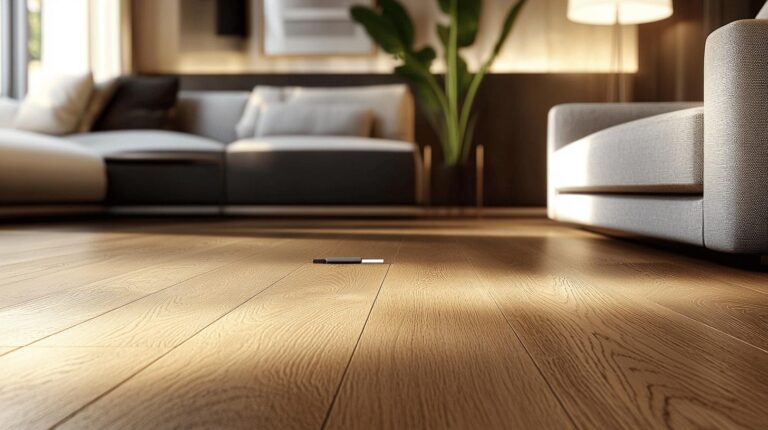Imagine finally stepping back into your newly renovated home, only to find that a veil of dust has settled over every surface. Post-renovation cleaning can often feel like an endless battle against unseen particles, threatening the beauty and health of your freshly transformed space. But fear not, as mastering the art of meticulous cleaning can reclaim the dust-free haven you envisioned. This article delves into essential strategies for renovation aftermath clean-up, ensuring a flawless finish while safeguarding your home’s value and indoor environment. Prepare to tackle those dust bunnies with confident precision!
Essential Steps for Post-Renovation Cleaning
Post-renovation cleaning is a critical undertaking to ensure a safe and dust-free living environment. Renovation aftermath cleanup often leaves behind construction dust and debris that can infiltrate every corner of a home, posing health risks and diminishing the aesthetic appeal of the newly renovated space. Comprehensive cleaning not only enhances visual appeal but also improves air quality, creating a healthier living environment. By following a systematic cleaning checklist, homeowners can effectively address these challenges and achieve a dust-free home. The removal of construction dust is essential for safety, as lingering particles can irritate the respiratory system and exacerbate allergies.
- Ventilate the room: Open windows and doors to improve airflow and disperse airborne dust.
- Rough cleaning: Use brooms and dry mops to remove loose debris and dust from surfaces.
- Deep cleaning: Focus on hard-to-reach areas like corners and behind furniture for thorough dust removal.
- Touch-up cleaning: Address any remaining dust and ensure all surfaces are spotless.
- Mop the ceiling: Use a damp mop to capture dust particles on the ceiling.
- Mop the walls: Clean the walls with a damp cloth to remove dust and restore their finish.
.
Each step in the post-renovation cleaning process plays a vital role in ensuring a comprehensive cleanup. Ventilating the room is crucial as it aids in dispersing airborne dust, making subsequent cleaning efforts more effective. Rough cleaning serves as the initial phase to eliminate large debris, setting the stage for a more detailed deep cleaning.
Deep cleaning is imperative for reaching areas that are often overlooked, such as corners and behind furniture, ensuring no dust is left behind. Touch-up cleaning further refines the process by tackling any remaining dust, while mopping the ceiling and walls removes dust from these vertical surfaces, contributing to a flawless finish.
Tools and Products for a Flawless Finish
Using the right tools and products is essential for achieving a flawless finish during post-renovation cleaning. The effectiveness of cleaning methods can be significantly enhanced with specialised equipment like HEPA vacuums and steam cleaners, which help to systematically tackle different areas of a home. These tools not only remove fine dust particles but also sanitise surfaces, ensuring a thorough cleanup. For floors, the use of specialised detergents is recommended to eliminate construction dust effectively while preventing surface damage. Proper selection and use of these cleaning tools are paramount in transforming a newly renovated space into a dust-free and inviting environment.
Eco-friendly cleaning products are an excellent choice for those looking to maintain a sustainable and health-conscious home. These products often contain natural ingredients that reduce harmful chemical exposure while remaining effective against dirt and dust. Opting for biodegradable cleaners and reusable tools like microfiber cloths not only contributes to a cleaner living space but also supports environmental responsibility.
.
Managing Construction Dust for Health and Safety
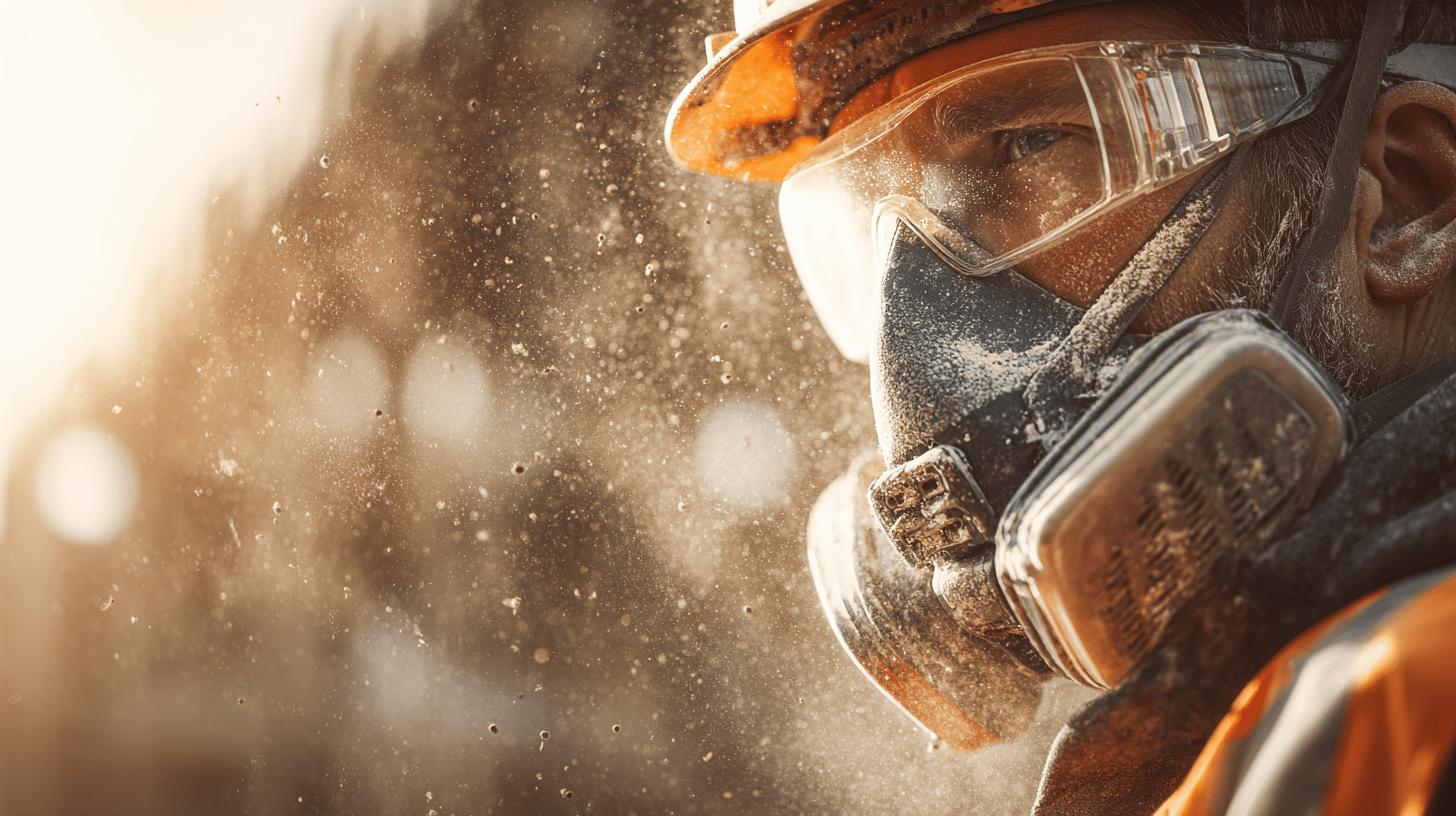
Construction dust poses significant health risks, particularly to the respiratory system. Fine particles and residues from renovation projects can easily become airborne, leading to potential inhalation. This can exacerbate respiratory conditions such as asthma and allergies, and prolonged exposure may even lead to more severe health issues. Therefore, managing this dust is critical not only for maintaining a clean home but also for ensuring occupant health and safety. Effective construction dust management is essential to prevent these risks and maintain a healthy living environment.
- Use HEPA-filtered vacuums: These vacuums capture fine dust particles, improving air quality by preventing them from becoming airborne.
- Wet mopping: Damp mops effectively trap dust particles rather than dispersing them, making it an efficient technique for dust removal.
- Air purifiers: Deploy air purifiers with HEPA filters to continuously cleanse the air of dust and other particulates.
- Seal off work areas: Use plastic sheeting to isolate renovation zones, preventing dust from spreading to uncontaminated parts of the home.
- Regular ventilation: Open windows and doors to allow fresh air to circulate, reducing dust concentration indoors.
.
Engaging professional cleaning services offers a strategic advantage in managing construction dust effectively. These services employ advanced techniques and equipment, such as industrial-grade HEPA vacuums and air purifiers, to achieve superior results. Their expertise ensures that hard-to-reach areas are thoroughly cleaned, and their systematic approach maximises efficiency. By opting for professional one-off cleaning, homeowners benefit from improved air quality and a safer environment, mitigating the health risks associated with construction dust. The comprehensive nature of professional services provides peace of mind, ensuring a clean and healthy post-renovation home.
Post-Renovation Floor Care Strategies
Post-renovation floor care is essential to restore the shine and integrity of flooring, often dulled by construction debris. Floors, whether hardwood, tile, or carpet, require specific cleaning techniques to remove dust and prevent damage. Proper floor care not only enhances aesthetic appeal but also prolongs the lifespan of the flooring material. The accumulation of construction dust can scratch surfaces or embed within carpets, making comprehensive cleaning critical. Employing the right strategies based on flooring type ensures effective debris removal and maintains floor quality, crucial for achieving a dust-free, flawless finish.
- Hardwood Floors: Vacuum or sweep with a soft brush attachment, then damp mop to remove any remaining dust particles.
- Tile Floors: Use a mild detergent and a damp mop to clean, ensuring grout lines are free from dust and debris.
- Carpeted Floors: Vacuum thoroughly with a HEPA-filtered vacuum to capture embedded dust and allergens.
- Laminate Floors: Sweep with a dry microfiber mop, avoiding excess water to prevent warping or damage.
- Vinyl Floors: Clean with a neutral pH cleaner and a damp mop to preserve the finish and remove dust effectively.
.
Effective vacuuming strategies are vital for maintaining floor cleanliness post-renovation. Utilising a vacuum with a HEPA filter ensures fine dust particles are captured, improving air quality and reducing respiratory irritants. Surface sanitisation is equally important, using appropriate cleaning solutions tailored to each floor type to eliminate bacteria and allergens. These practices not only restore the floors’ visual appeal but also contribute to a healthier, dust-free home environment.
Enhancing Indoor Air Quality Post-Renovation
Improving indoor air quality post-renovation is crucial, as construction activities often leave behind fine dust and other particulates that can linger in the air. HEPA filters are essential tools in this regard, recognised for their ability to capture 99.97% of particles as small as 0.3 microns. By integrating HEPA filters into vacuums and air filtration systems, homes can effectively reduce airborne dust, allergens, and other pollutants. These systems work by continually cycling air through the filter, trapping contaminants and ensuring cleaner air circulates throughout the space. The use of such air filtration systems not only enhances air quality but also supports overall respiratory health, making them indispensable in post-renovation cleaning efforts.
Clean air technologies offer additional benefits in maintaining a healthy indoor environment. For instance, air purifiers equipped with HEPA filters further purify indoor air by removing lingering particulates that standard cleaning might miss. Moreover, the use of Personal Protective Equipment (PPE) during cleaning activities is essential for safeguarding against exposure to dust, mold, and other harmful materials commonly disturbed during renovations. Employing PPE such as masks, gloves, and protective eyewear ensures that those involved in the cleaning process are protected, reducing the risk of health issues and enhancing the overall safety of post-renovation cleaning.
Expert Tips for Dust-Free Home Maintenance
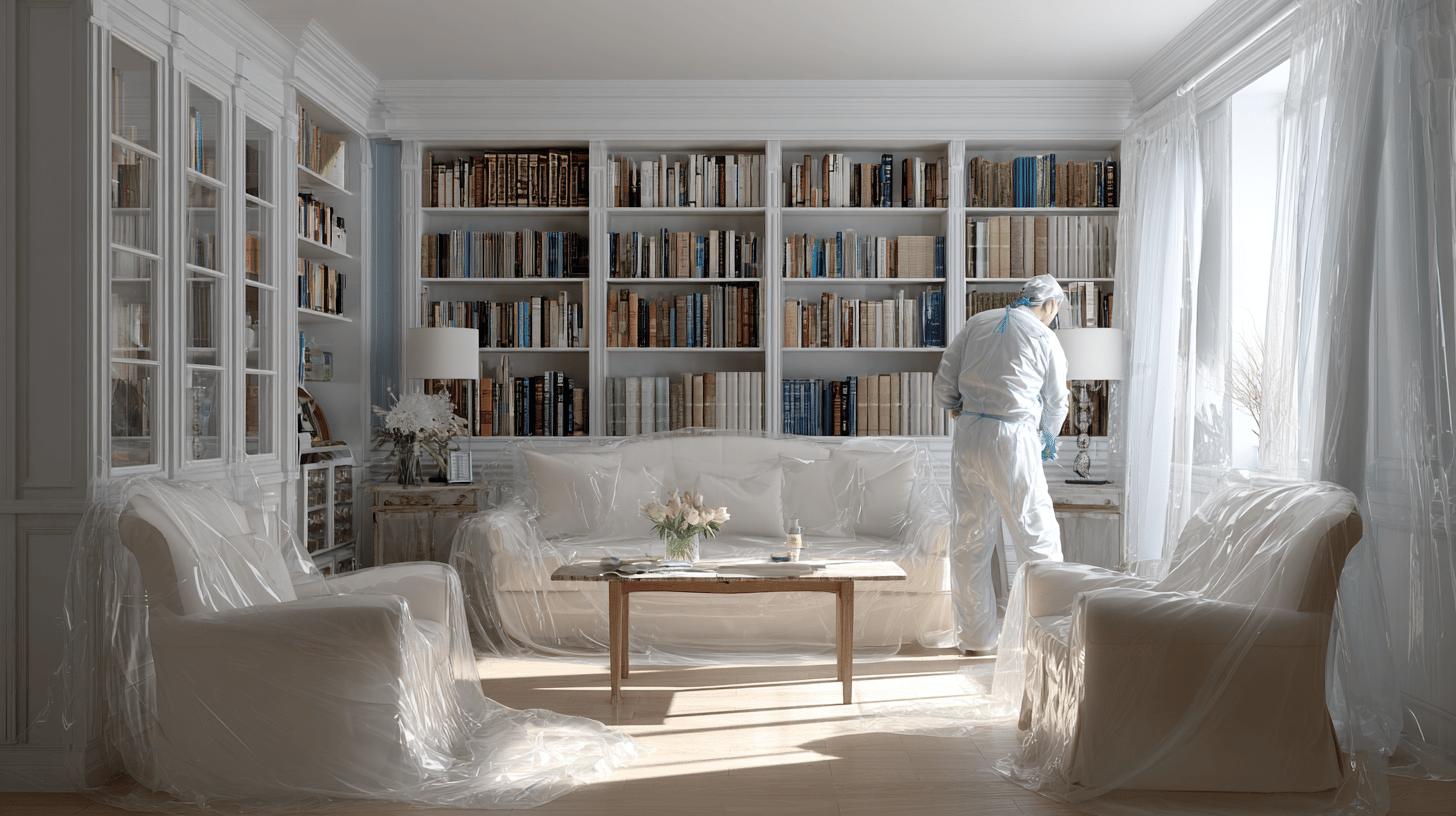
Regular maintenance is crucial for achieving a dust-free home, especially after renovation activities that can leave behind persistent dust and debris. Keeping up with routine cleaning tasks not only maintains the visual appeal of your home but also protects against the health risks associated with dust accumulation. Consistent cleaning helps to manage allergens and improve indoor air quality, ensuring a comfortable and healthy living environment.
Implementing effective dust prevention strategies is key to managing dust levels. One practical approach is to use plastic sheets or tarps to cover furniture and appliances during cleaning or renovation, preventing dust from settling on surfaces. Additionally, regular dusting with microfiber cloths can help capture and remove dust efficiently without spreading it around. Installing air purifiers equipped with HEPA filters can also significantly reduce airborne dust and allergens, contributing to a cleaner home environment. Sealing cracks and gaps in windows and doors can prevent dust ingress from outside, further aiding in maintaining a dust-free interior.
Establishing effective household cleaning routines plays a vital role in sustaining cleanliness. Creating a schedule that includes weekly vacuuming with a HEPA-filtered vacuum, bi-weekly mopping, and periodic deep cleaning of neglected areas ensures ongoing dust control. Incorporating these tasks into your regular routine helps to prevent the buildup of dust and dirt, keeping your home consistently clean and healthy. By adhering to these expert tips and strategies, homeowners can enjoy a dust-free, inviting, and safe living space.
Final Words
Effective post-renovation cleaning involves essential steps that prioritise safety and the removal of construction dust. Utilising the right tools and products is critical for achieving a flawless finish. Managing construction dust significantly impacts health, necessitating comprehensive strategies and professional assistance as needed.
Attending to floor care with proper techniques ensures the longevity and appearance of surfaces. Improving indoor air quality with advanced filtration systems further enhances living conditions. Incorporating expert tips for dust-free maintenance supports ongoing home cleanliness.
By focusing on these strategies, one can successfully achieve a dust-free, flawless finish post-renovation, enhancing both safety and comfort.
Book a post-sanding polish → Wood Floor Buffing
FAQ
How to clean construction dust from floors?
Cleaning construction dust from floors involves using specialised detergents that effectively remove dust and protect surfaces. Vacuuming or sweeping with a soft brush attachment followed by damp mopping restores shine to hardwood floors.
How to get rid of construction dust in the air?
To remove construction dust from the air, utilise air filtration systems with HEPA filters. These systems capture fine particles and improve indoor air quality post-renovation, reducing health risks associated with dust inhalation.
What is the best way to remove dust after renovation?
The most effective way to remove dust after renovation includes a systematic cleaning process: ventilate the room, perform rough cleaning with brooms, deep clean hard-to-reach areas, and mop both walls and ceilings.
How do you deep clean a house after renovation?
Deep cleaning a house after renovation involves thorough dusting, vacuuming, and sanitising all surfaces. Special attention should be paid to corners, crevices, and high traffic areas to ensure complete removal of construction residues.
How long does it take for construction dust to settle?
Construction dust typically takes several hours to days to settle completely, depending on air circulation. Effective use of air filtration systems can expedite this process, improving air quality and minimising health risks.
What is post-renovation cleaning?
Post-renovation cleaning is the process of thoroughly cleaning a space after construction work. It involves removing dust, debris, and residues left during renovation to ensure a safe and healthy environment.
How do you deep clean walls and ceilings from construction dust?
Deep cleaning walls and ceilings involves using dry mops or damp cloths to wipe surfaces clean, removing loose dust particles effectively. This process should be part of a comprehensive post-renovation cleaning strategy.
What should be included in a post-construction cleaning checklist?
A post-construction cleaning checklist includes ventilating rooms, rough and deep cleaning, mopping surfaces, touch-up cleaning, and ensuring all dust is systematically eliminated to achieve a clean, safe environment.
How much do post-construction cleaning services cost?
The cost of post-construction cleaning services varies based on location, size of the space, and extent of cleaning required. Obtaining quotes from local service providers will give a clearer idea of prices.
Why should you use professional cleaning services after renovation?
Using professional cleaning services post-renovation ensures thorough cleaning with specialised equipment like HEPA vacuums. These services enhance air quality and safety by effectively managing construction dust and residues.
Can you recommend eco-friendly cleaning products for post-renovation?
Eco-friendly cleaning products such as biodegradable detergents and natural disinfectants are recommended for post-renovation cleaning. These products efficiently clean and protect surfaces without harmful environmental impacts.
